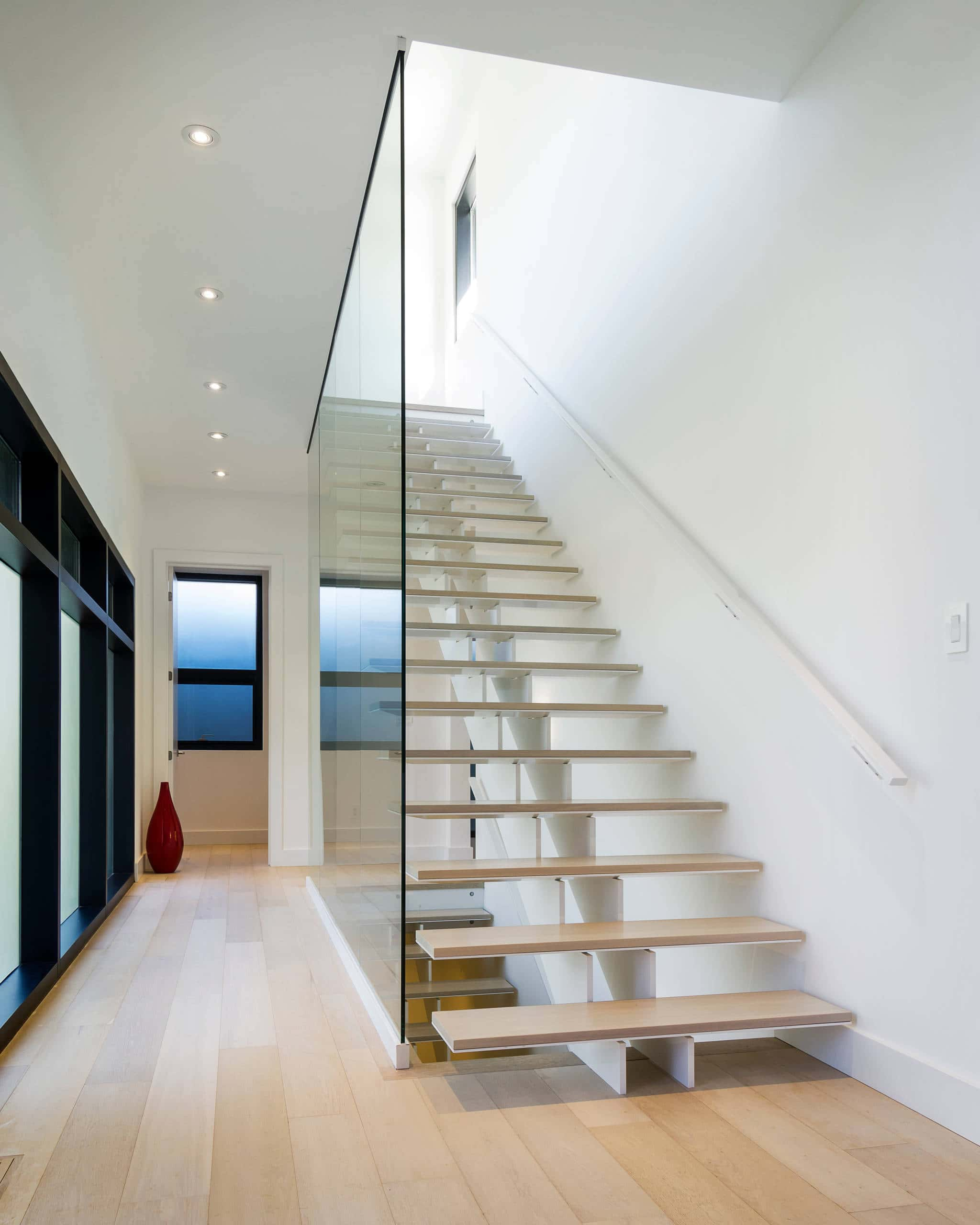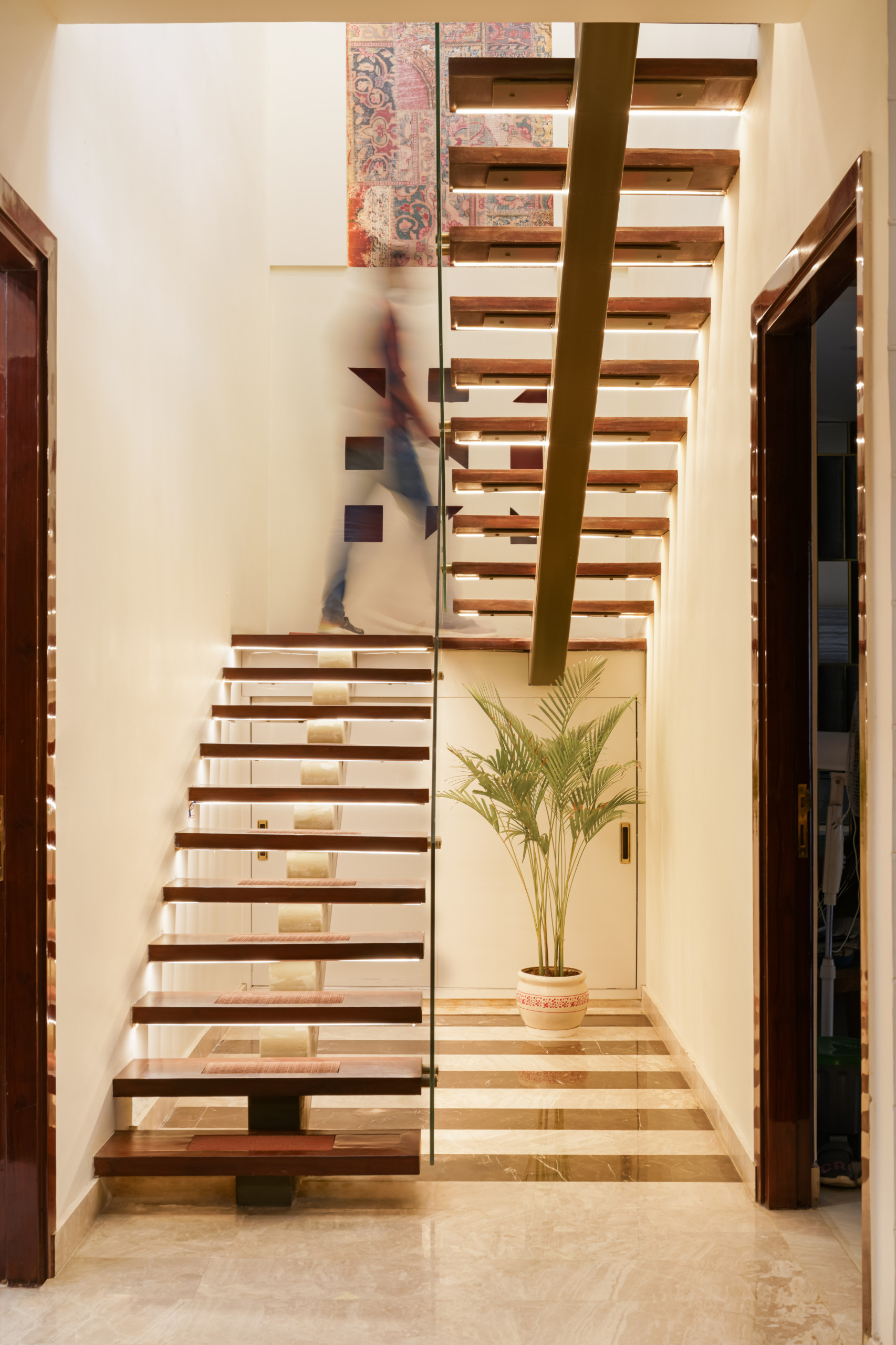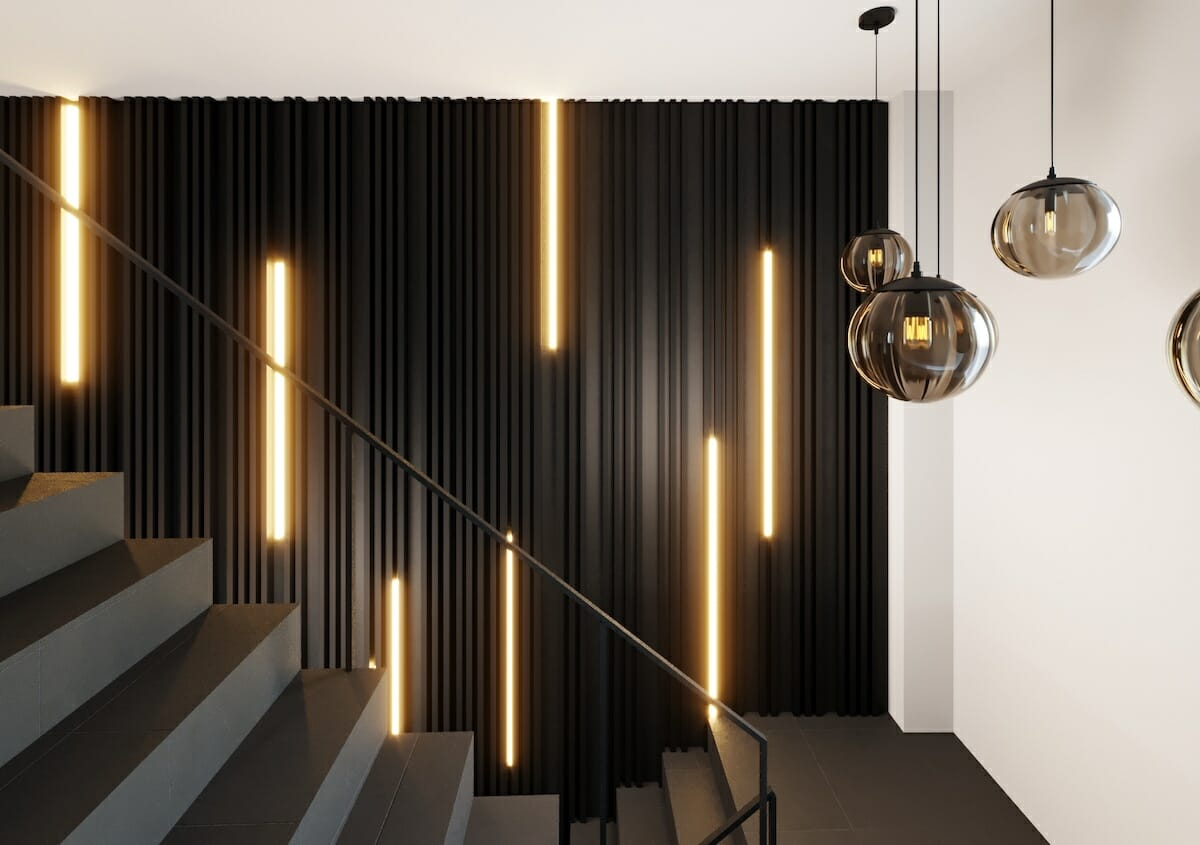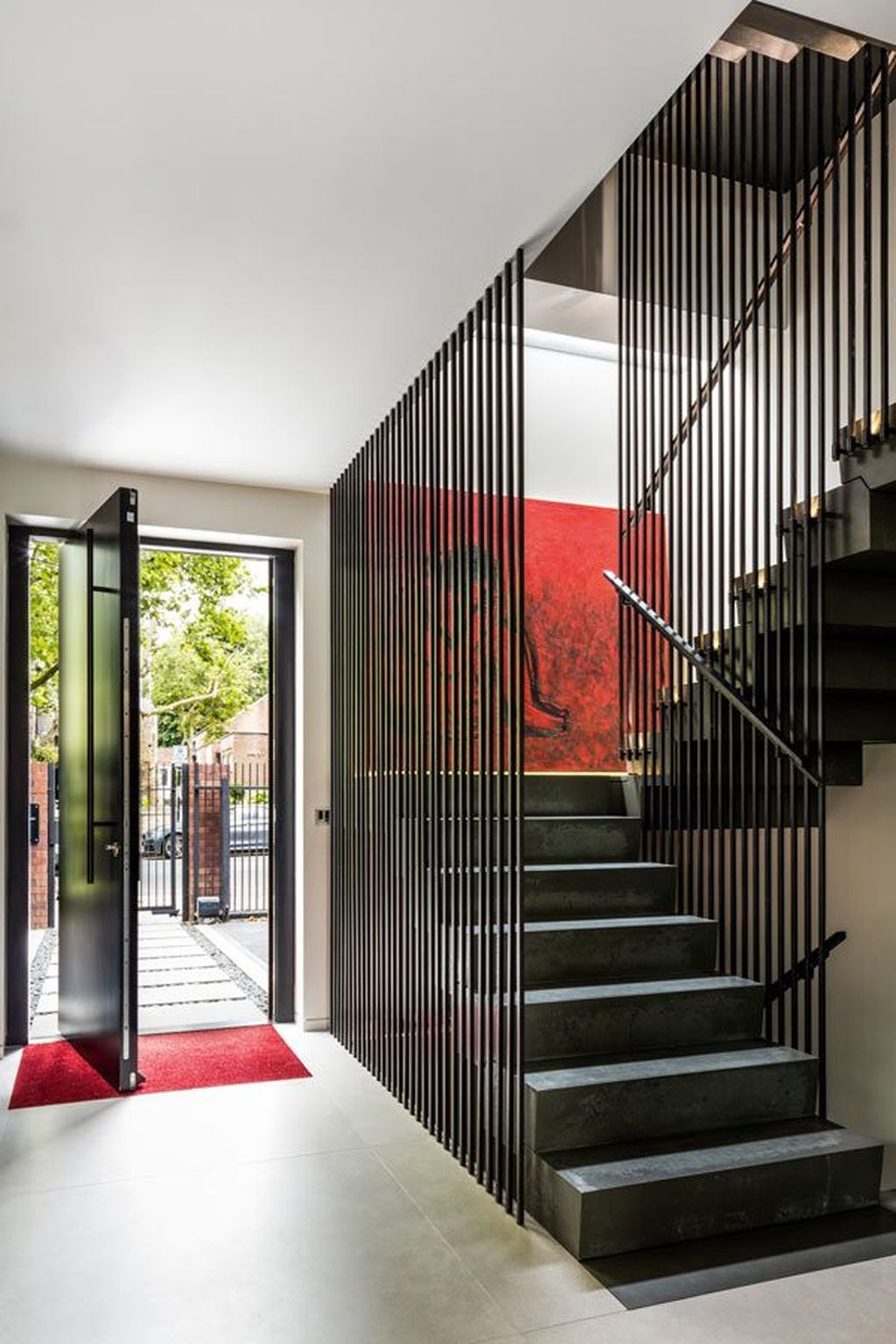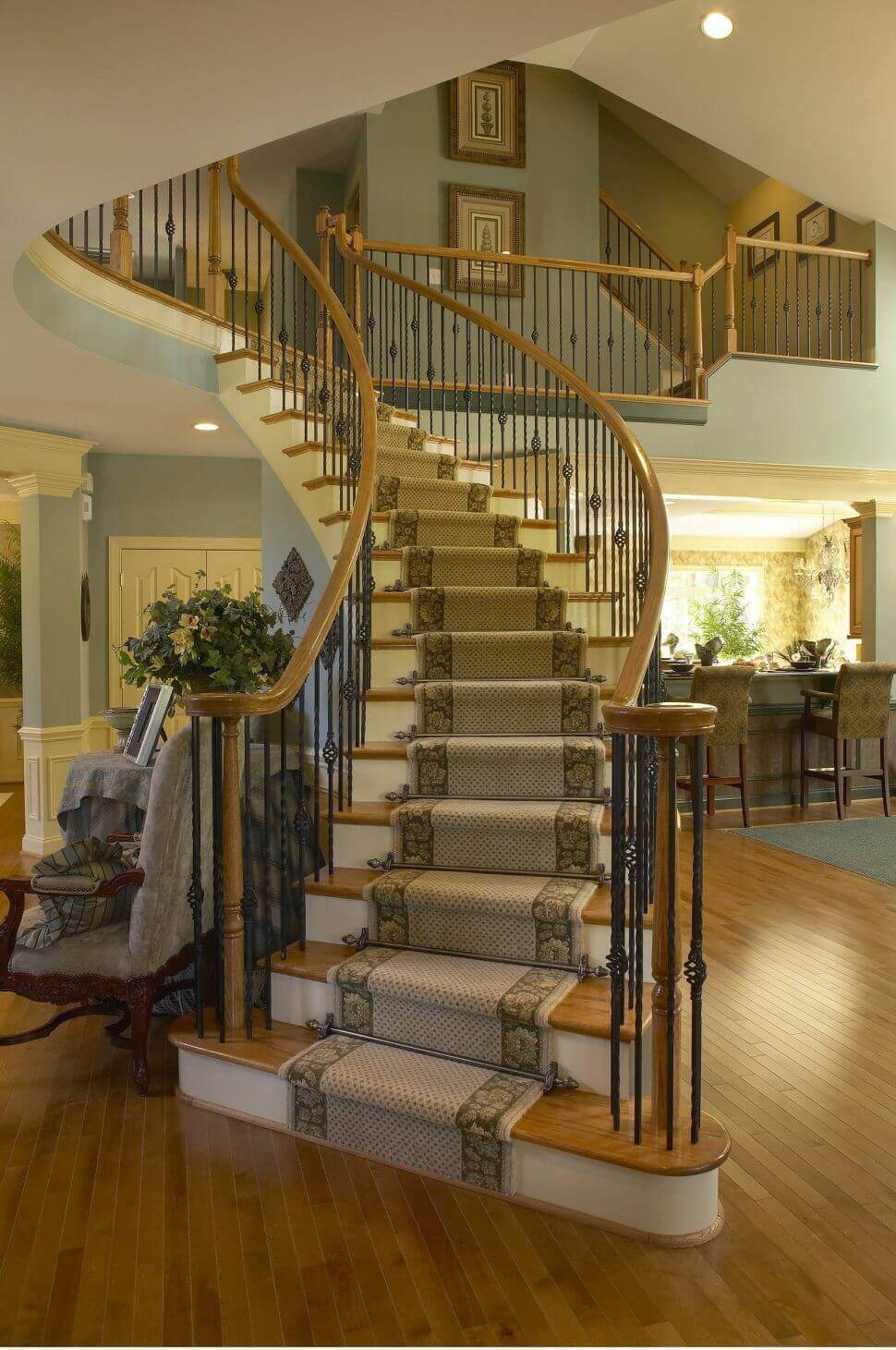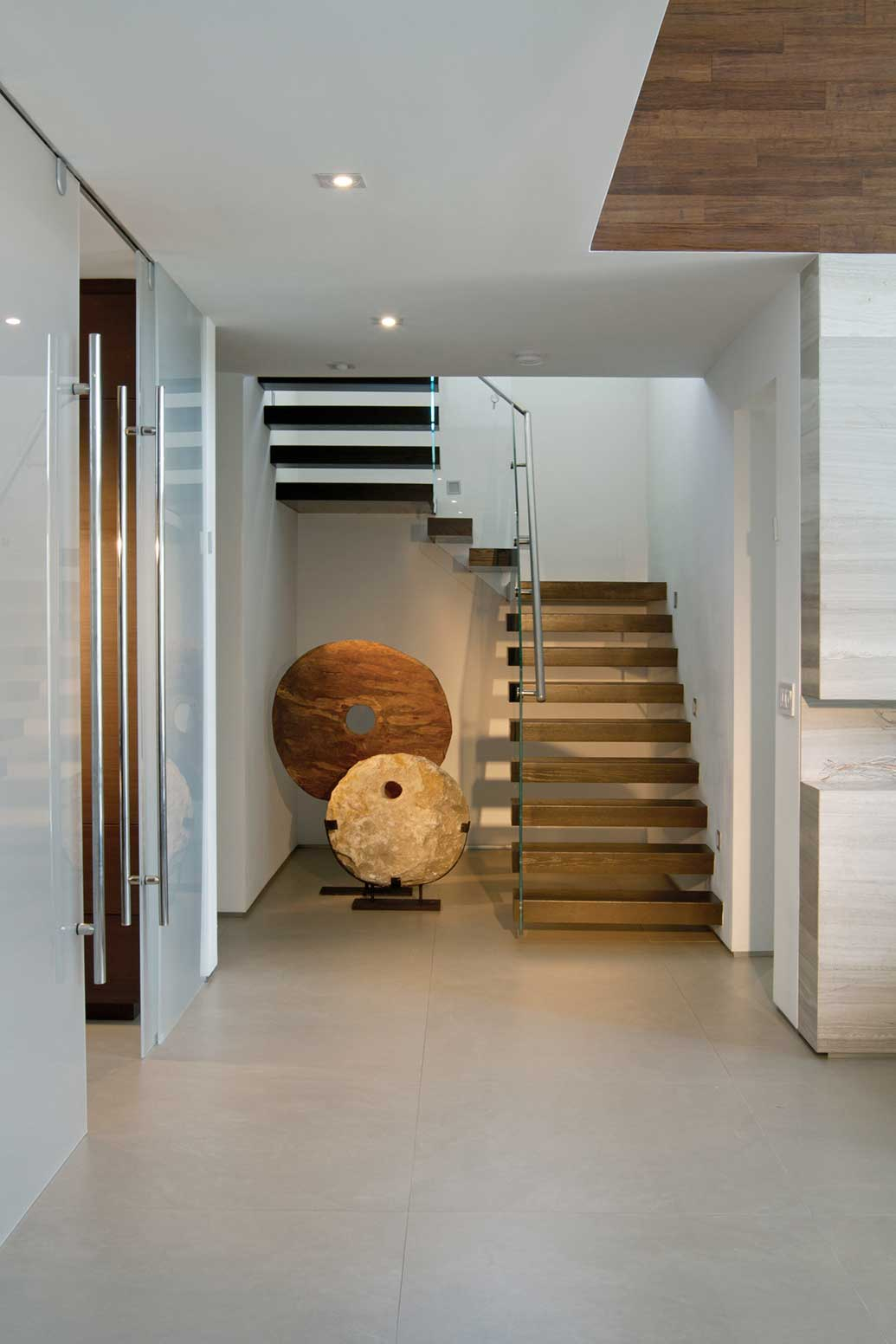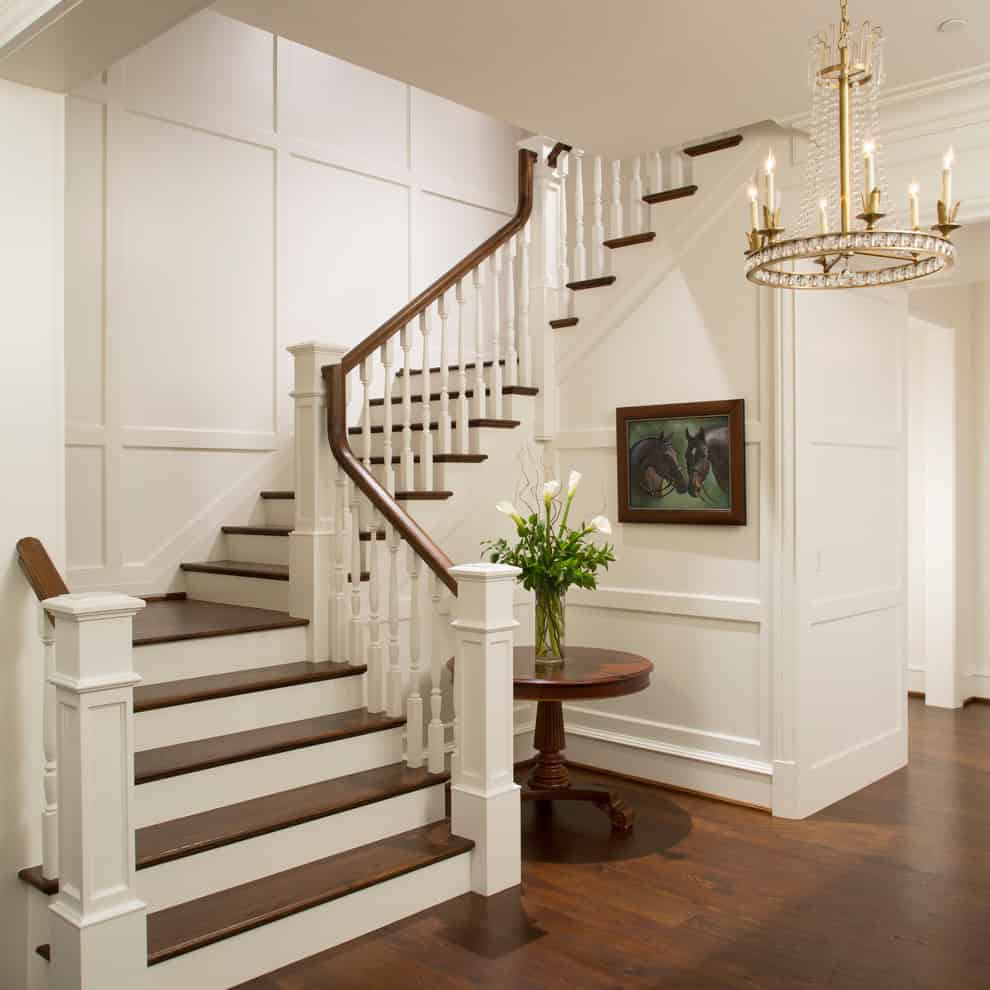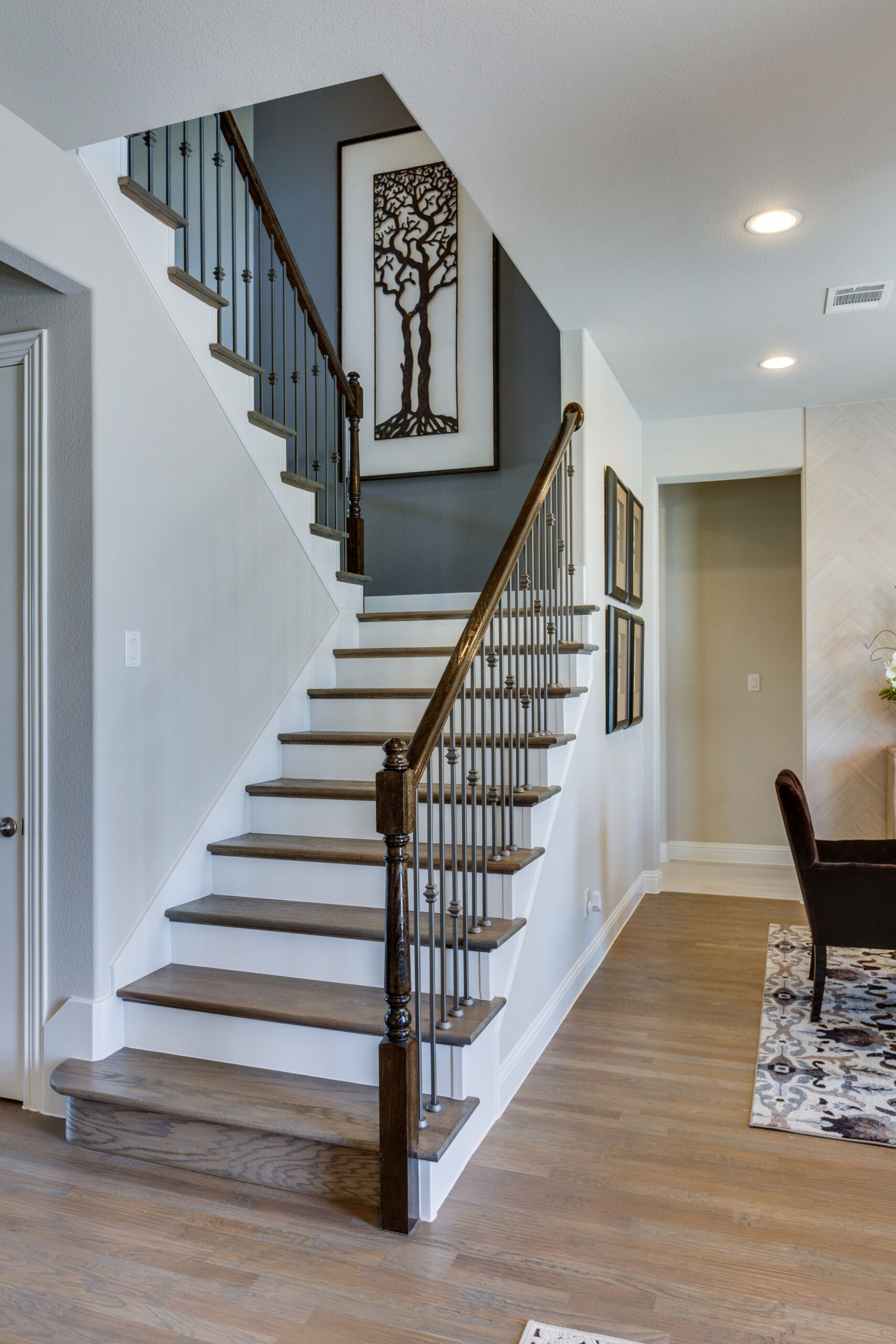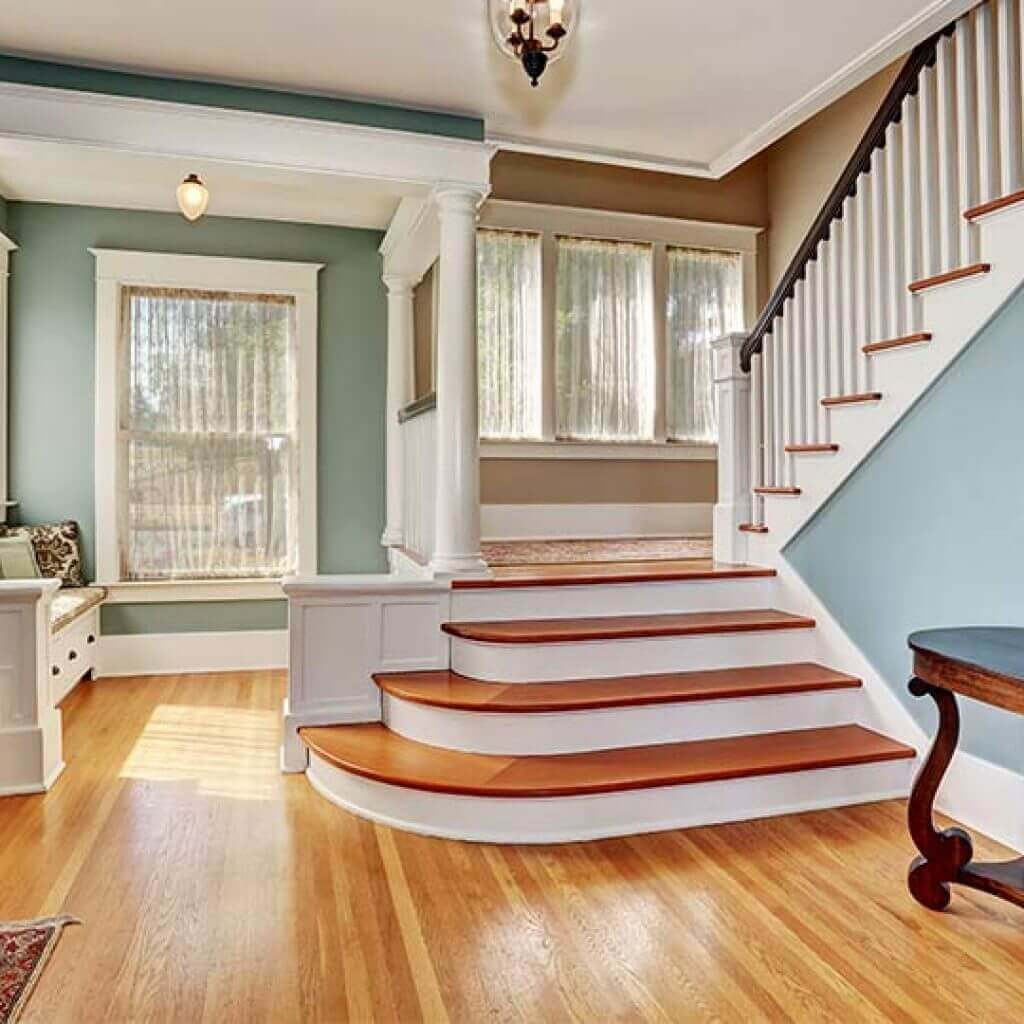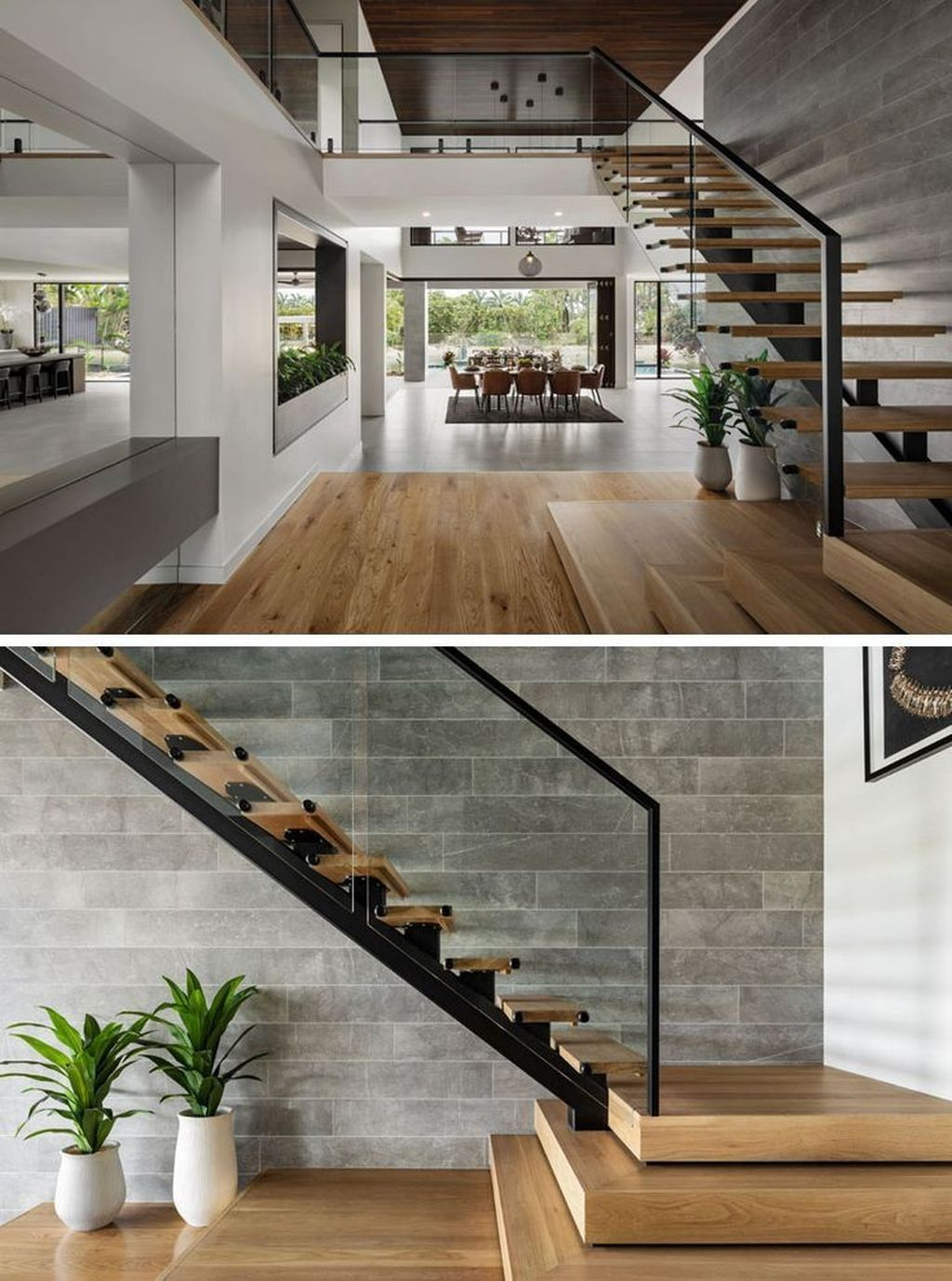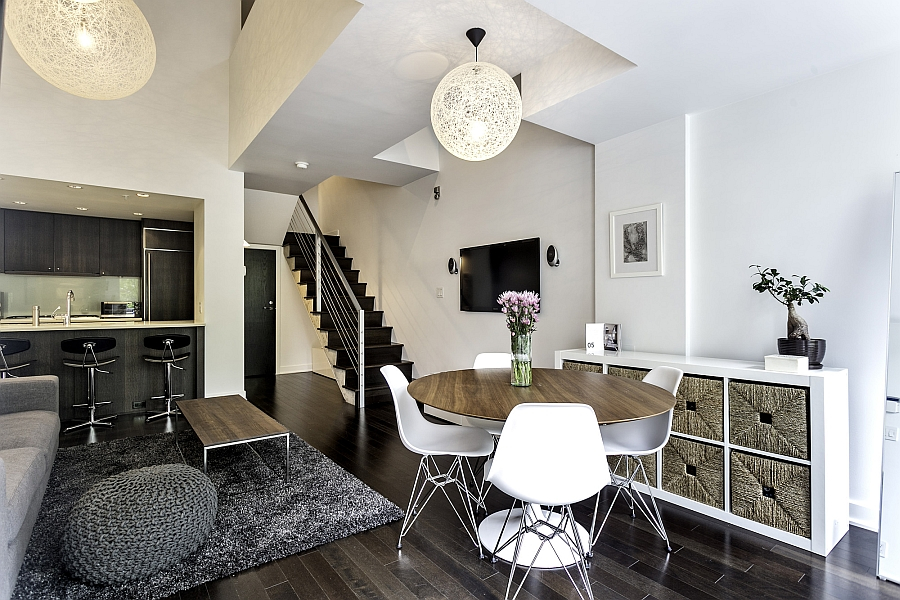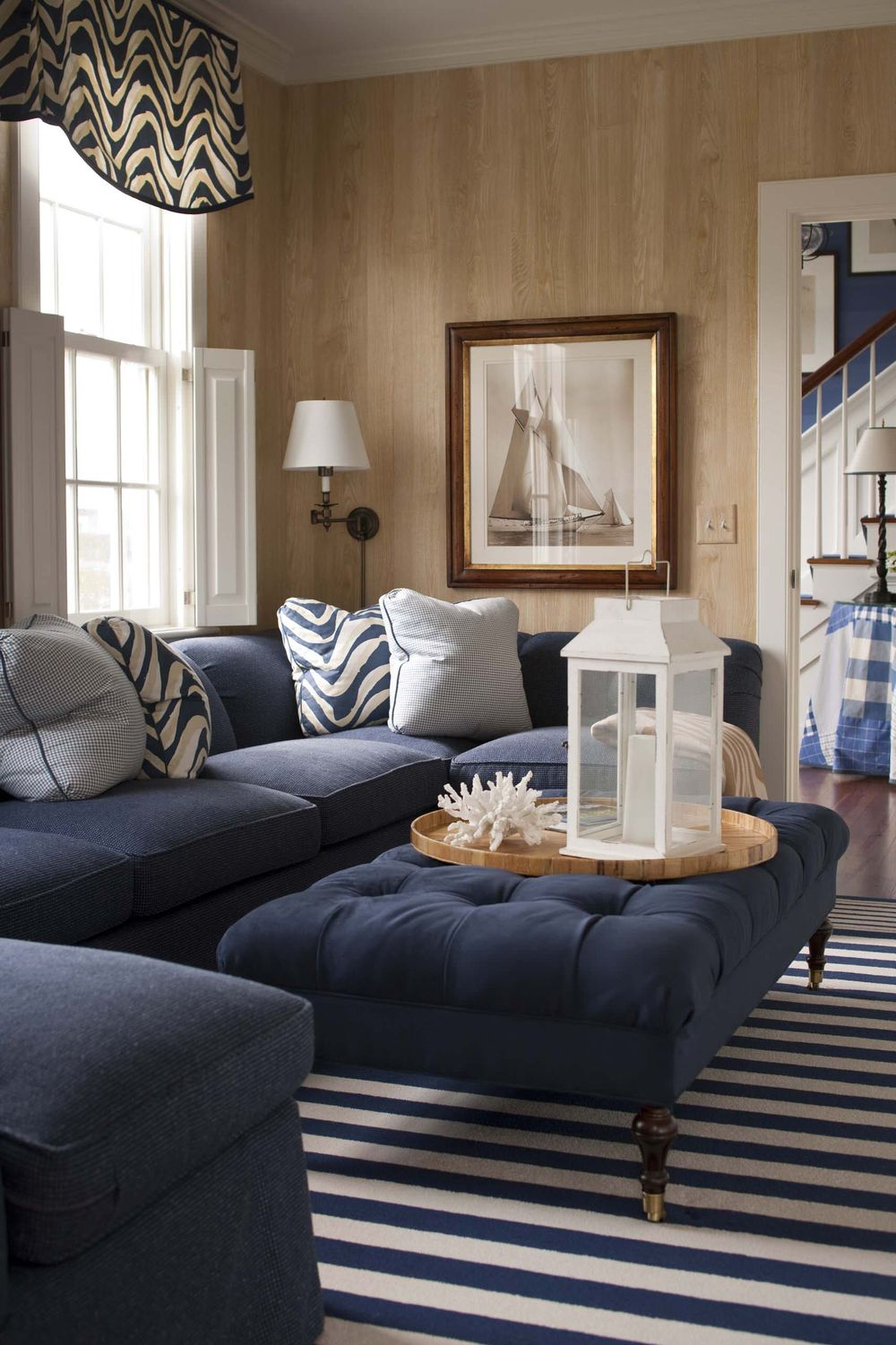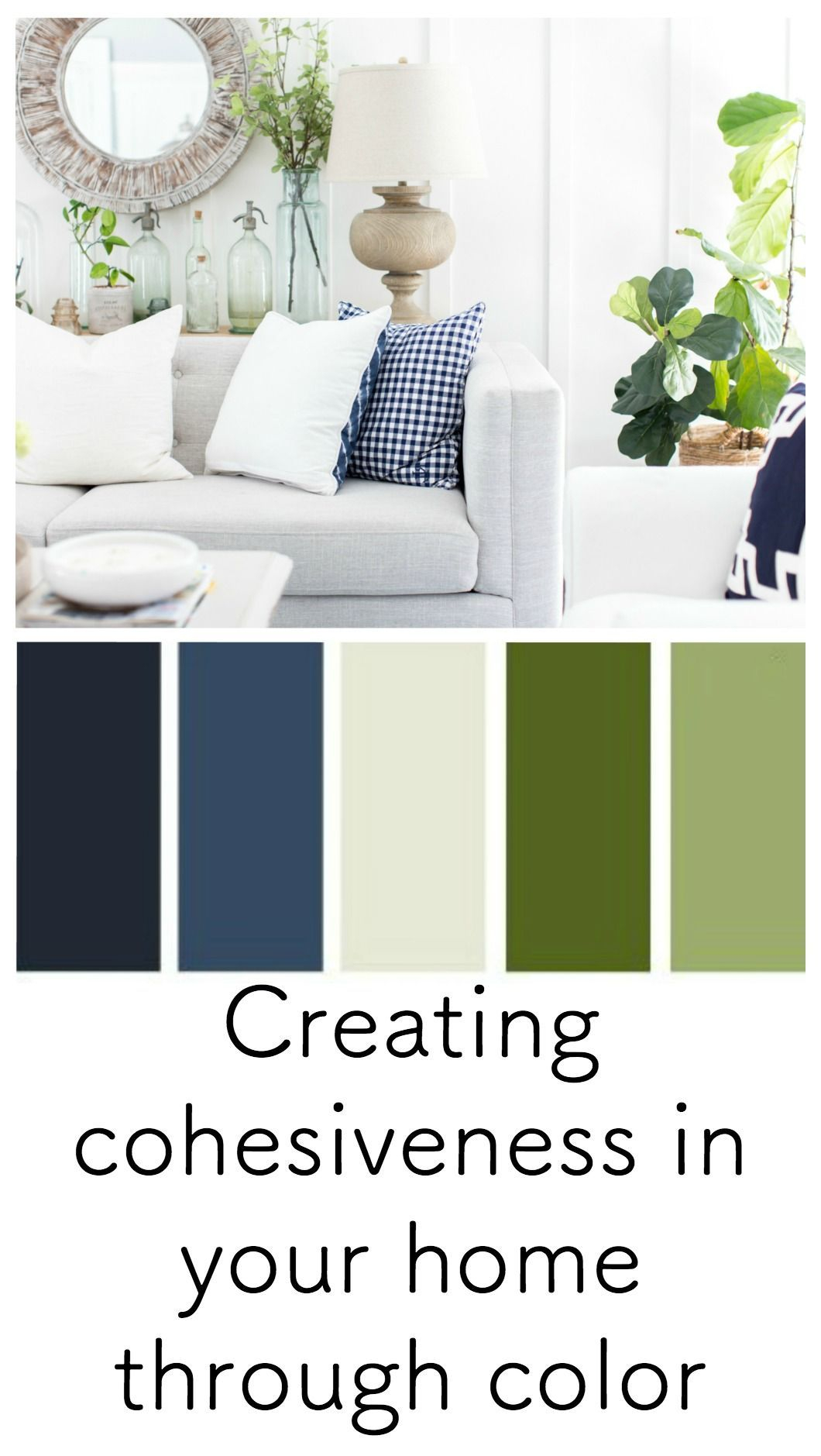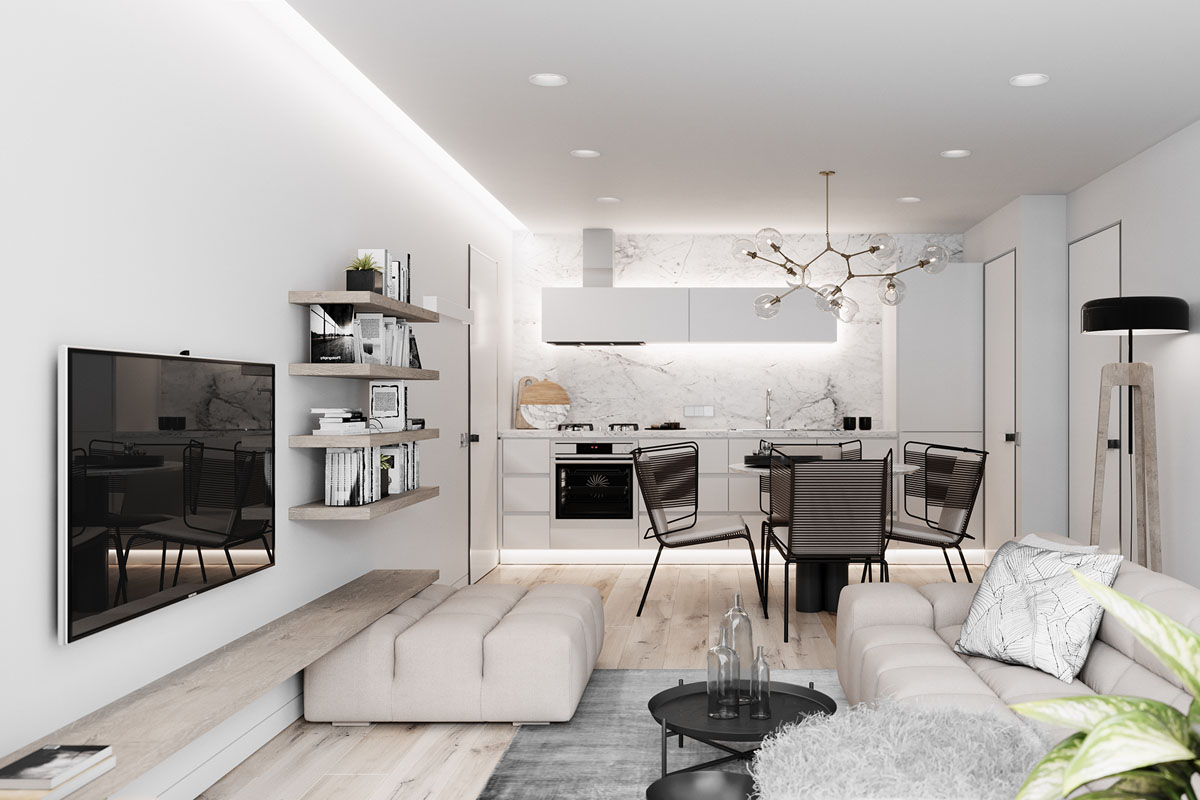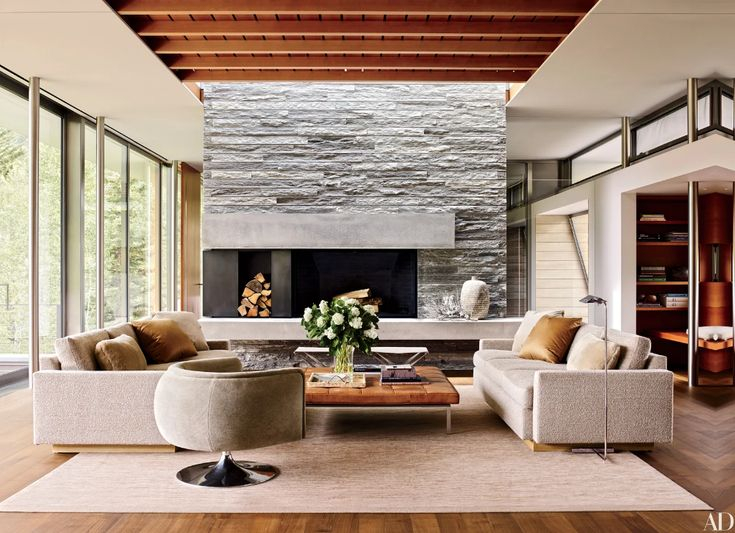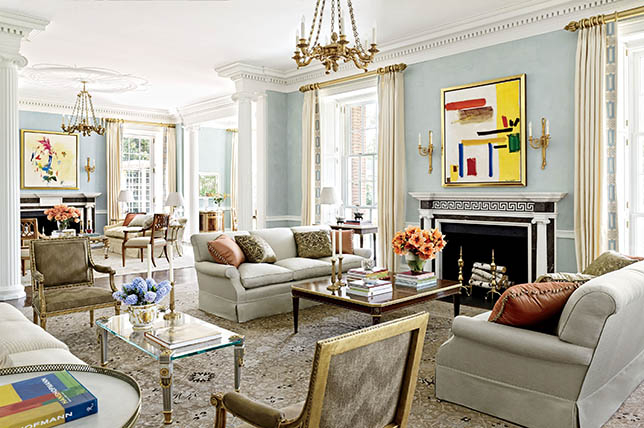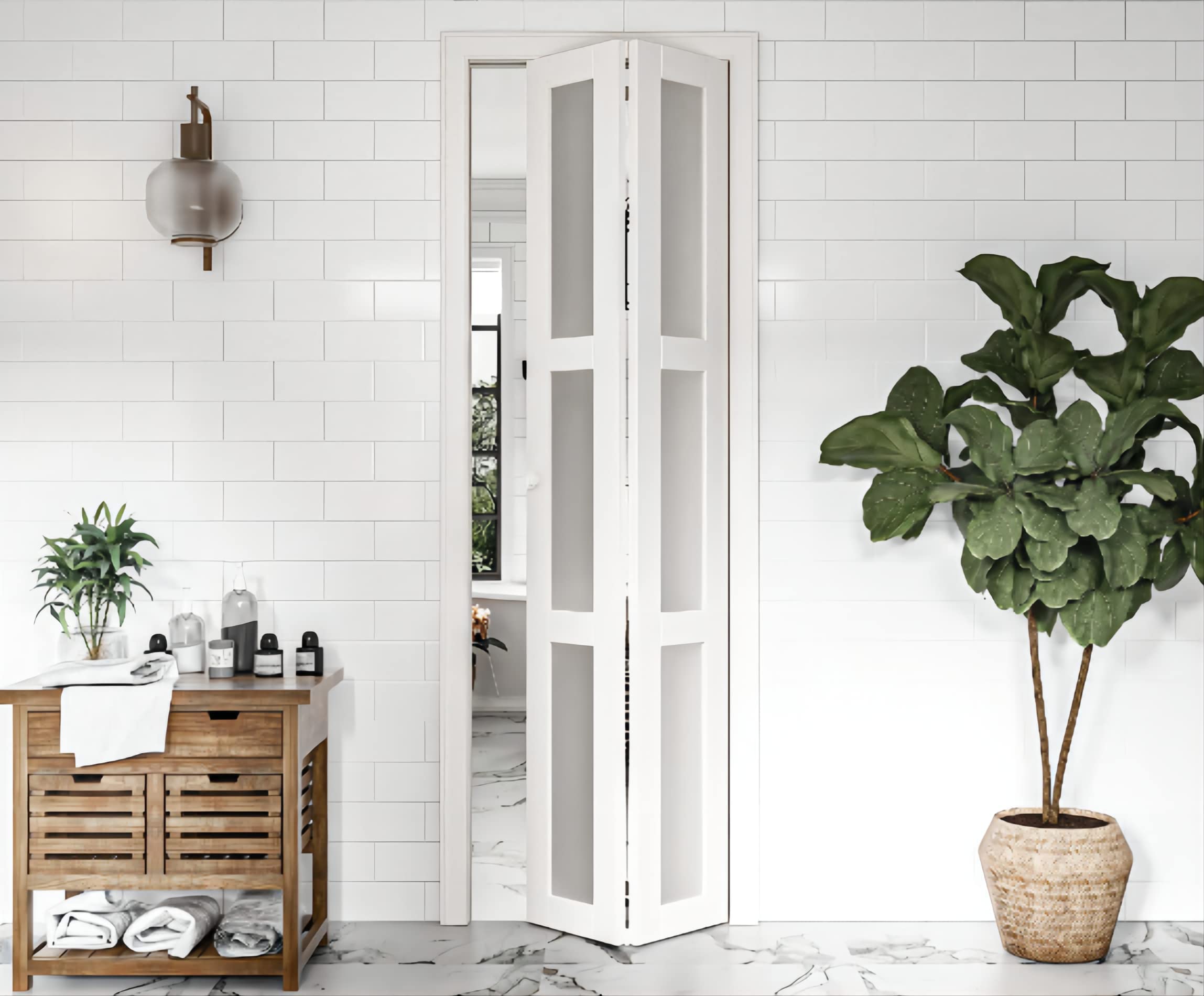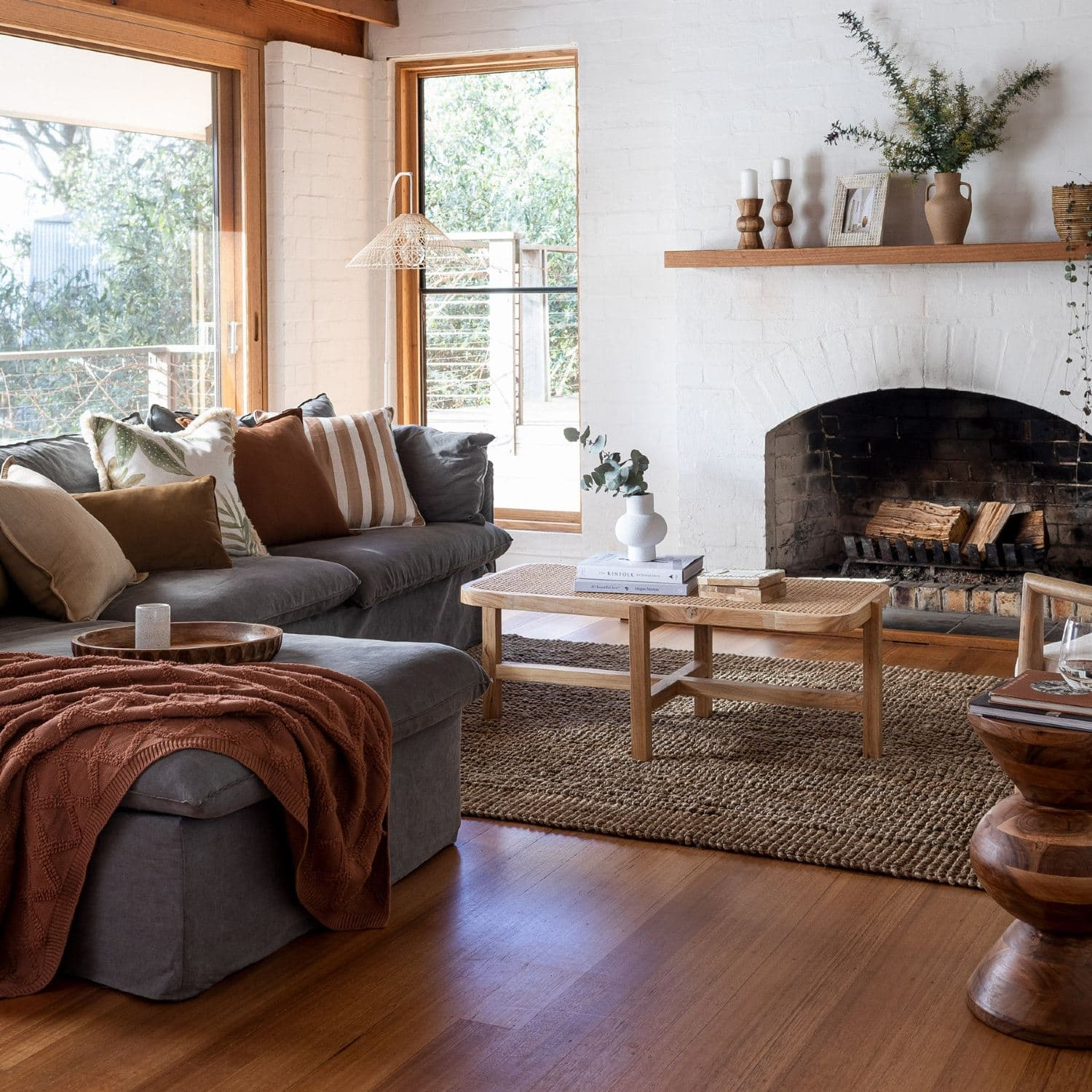Think about your staircase for a moment. Is it just a functional space, a way to get from one floor to another? Or could it be something more? For many, the stairway is an often-overlooked area, but with a little know-how, it can become a genuine showpiece in your home. Let’s explore how to really unlock its potential and make it sing.
Your staircase is often the first thing guests see when they enter your home, or a central element connecting different levels. It’s a prime piece of real estate, design-wise. Yet, it’s frequently treated as an afterthought, a purely utilitarian feature. But what if we told you that with some clever design choices, your stairway could become a captivating focal point, adding character, style, and even value to your home? It’s not about massive renovations; often, it’s the thoughtful touches that make the biggest difference. Ready to give your stairs the attention they deserve?
The Foundation: Tread and Riser Refinements
Let’s start from the ground up, or rather, from the steps themselves. The material and finish of your treads and risers play a huge role in the overall aesthetic.
- Treads: These are the surfaces you step on. Solid wood treads can be stained in a myriad of finishes, from rich, dark walnuts to light, airy maples. Engineered wood or even stone-like porcelain tiles can offer durability and unique looks. Consider the wear and tear; a harder wood or a durable laminate might be better for high-traffic areas.
- Risers: This is the vertical part of each step. Painting risers white is a classic choice that brightens the space, but don’t stop there. You could opt for a contrasting color, wallpaper, or even decorative tiles. Some people even get creative with numbers or patterns on the risers.
Think about how the treads and risers work with your flooring and wall colors. A seamless transition can feel sophisticated, while a bold contrast can create a dramatic statement. It’s all about creating a cohesive look that speaks to your personal style.
Balusters and Newel Posts: Sculptural Elements
The railing system – that includes the balusters (the vertical spindles) and the newel posts (the larger posts that anchor the railing) – is where you can really inject some personality. These elements act like the jewelry of your staircase.
- Baluster Variety: Gone are the days when simple wooden spindles were your only option. Today, you can find balusters made from wrought iron, stainless steel, glass, or even cable railing systems. Each offers a distinct vibe. Wrought iron can lend a traditional or industrial feel, while glass creates an airy, modern look.
- Newel Post Power: Newel posts are substantial and can be quite decorative. From intricately carved wood to sleek, minimalist metal designs, they anchor the entire railing structure and can be a real conversation starter.
Don’t forget the handrail itself. A smooth, comfortable handrail in wood, metal, or even a wrapped material adds both safety and a tactile element to the design. The connection points where the handrail meets the newel posts also offer opportunities for decorative detail.
Lighting: Illuminating the Ascent
Proper lighting is crucial for both safety and ambiance. A well-lit staircase is inviting and prevents accidents. But lighting can also be a powerful design tool.
- Ambient Lighting: Consider overhead fixtures like chandeliers or pendant lights. These can make a grand statement, especially in a double-height foyer.
- Task Lighting: Wall sconces placed at regular intervals along the stairs provide practical illumination and also create a beautiful visual rhythm.
- Accent Lighting: Small, discreet lights installed in the risers or under the handrail can add a touch of drama and sophistication. They highlight the architectural lines of the staircase and make navigating at night much easier and more elegant.
Think about the type of light bulb too. Warm, soft lighting tends to be more inviting than harsh, cool light. And don’t forget natural light. If you have a window near your stairs, keep it unobstructed to maximize daylight.
The Walls: A Canvas for Expression
The walls surrounding your staircase are a blank canvas waiting for your creative touch. This is where you can really define the mood and style of the space.
- Paint and Wallpaper: A fresh coat of paint can work wonders. Consider a bold color to make a statement, or a sophisticated neutral to create a calm atmosphere. Wallpaper offers endless possibilities, from subtle patterns to dramatic murals. Think about how the wall treatment flows into other areas of your home.
- Gallery Walls: Stairways are perfect for displaying art, photographs, or even decorative plates. A well-curated gallery wall can tell a story and add a personal touch. Mix and match frames for an eclectic look, or keep it uniform for a more polished feel.
- Wainscoting and Paneling: Adding wainscoting or decorative wall paneling can give your staircase a more formal or traditional look. It adds texture and visual interest, breaking up large expanses of wall.
Remember to consider the scale of your artwork and the height of the walls. You want the display to feel balanced and proportionate to the space.
Under the Stairs: Maximizing the Nook
That often-forgotten space beneath the stairs? It’s a treasure trove of potential! Instead of letting it become a dusty storage void, get creative.
- Storage Solutions: Built-in drawers or cabinets are fantastic for stowing away everything from shoes and coats to books and cleaning supplies. A well-organized under-stair closet can declutter your entryway.
- A Cozy Nook: For larger spaces, consider transforming it into a reading nook with a comfy chair and a small bookshelf. It’s a perfect little hideaway.
- Pet Paradise: It can even become a dedicated spot for your furry friends, complete with a dog bed and food bowls.
- Decorative Display: If storage isn’t a priority, use the space for display. A small console table with decorative items, a striking plant, or even a wine rack can add a unique touch.
Think about how you use your space and what would bring the most value. Even a simple shelving unit can make a big difference.
Flooring and Runners: Comfort and Style
The transition from one level to the next should feel inviting underfoot. Stair runners and flooring choices add both comfort and a significant style element.
- Stair Runners: A runner not only adds a plush feel but also protects your stairs from wear and tear, especially in high-traffic areas. They come in an incredible range of patterns, colors, and materials – from classic oriental rugs to modern geometric designs. A runner can define the style of your staircase and add a pop of color or texture.
- Carpet vs. Hardwood: If you have hardwood stairs, you might choose to leave them bare for a sleek look, or add a runner. Wall-to-wall carpeting can offer warmth and sound dampening, but can be tricky to keep pristine.
- Durability and Maintenance: Consider the material’s durability and ease of cleaning. Natural fibers like wool are luxurious and durable, while synthetic options can be more budget-friendly and stain-resistant.
When choosing a runner, ensure it’s securely fastened for safety. The pattern and color should complement your overall decor, tying the different elements of your staircase together.
Your staircase is so much more than just a way to navigate your home. It’s an opportunity to express your style, enhance your living space, and create a welcoming atmosphere. By paying attention to the details – from the treads and risers to the lighting and wall treatments, and even the often-overlooked space beneath – you can transform this functional area into a true design feature. So, take a fresh look at your stairs. What statement do you want them to make? With these secrets in mind, you’re well on your way to unlocking their full potential and creating a staircase you’ll love.

